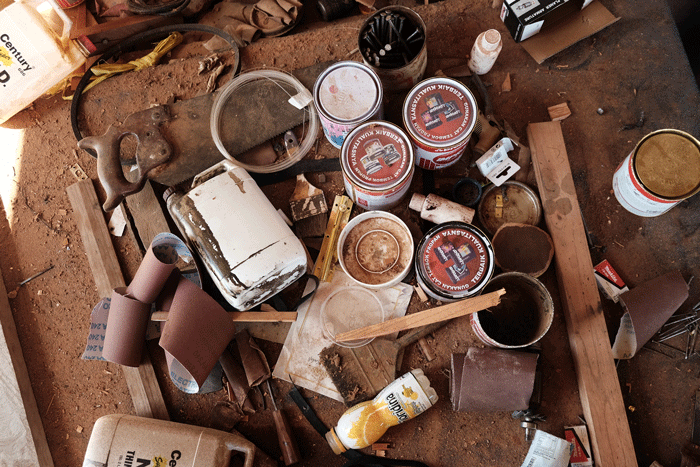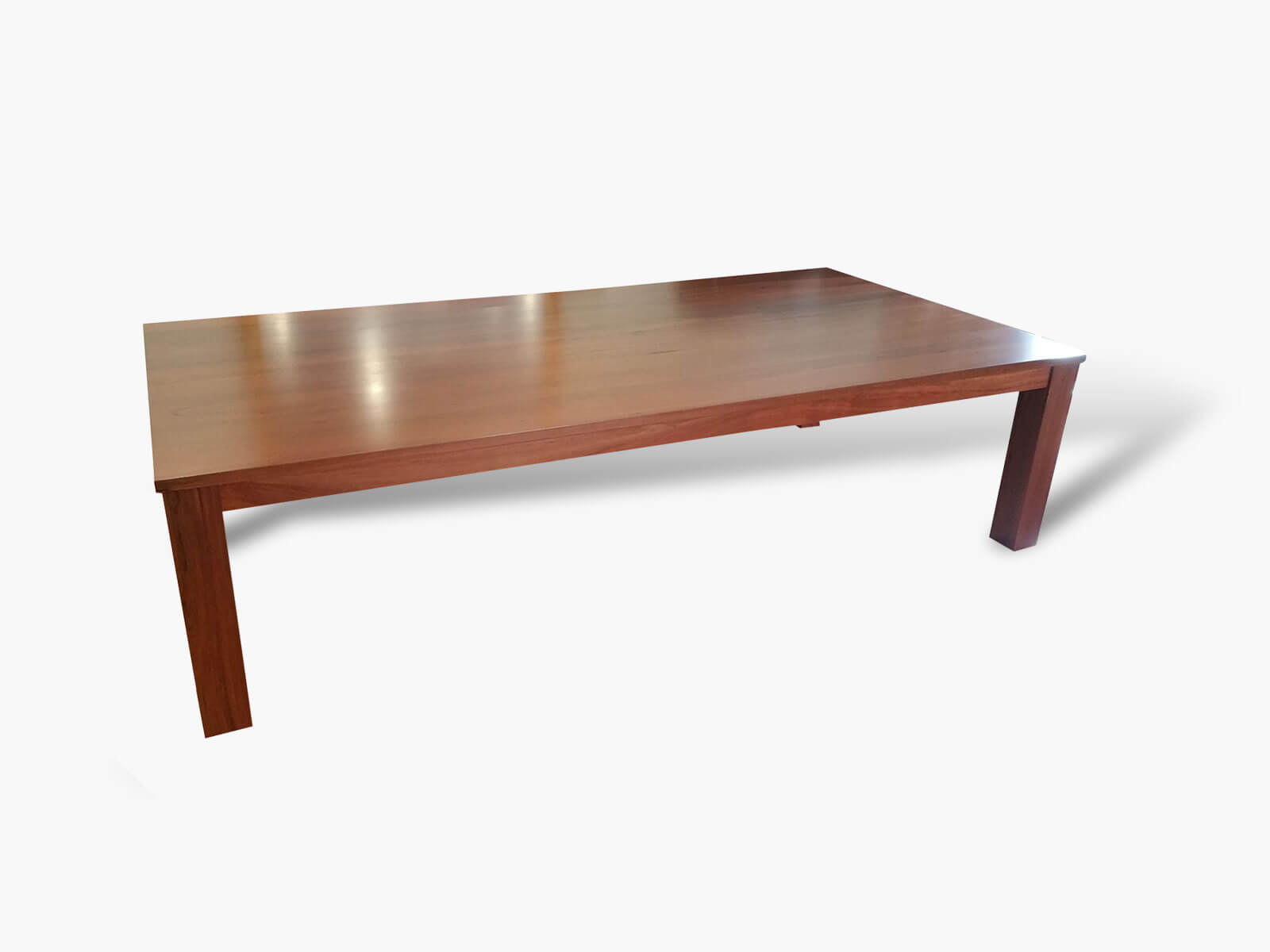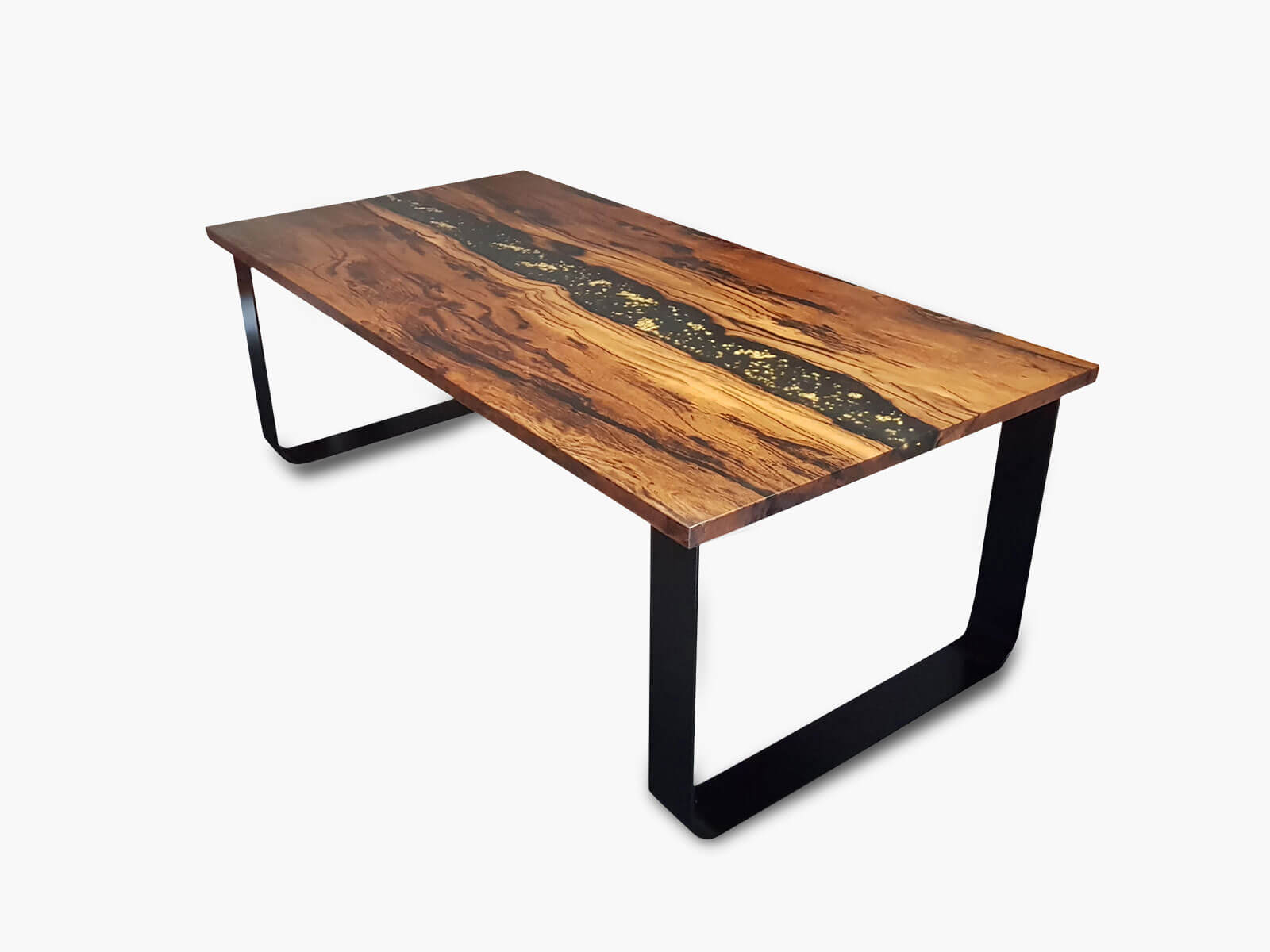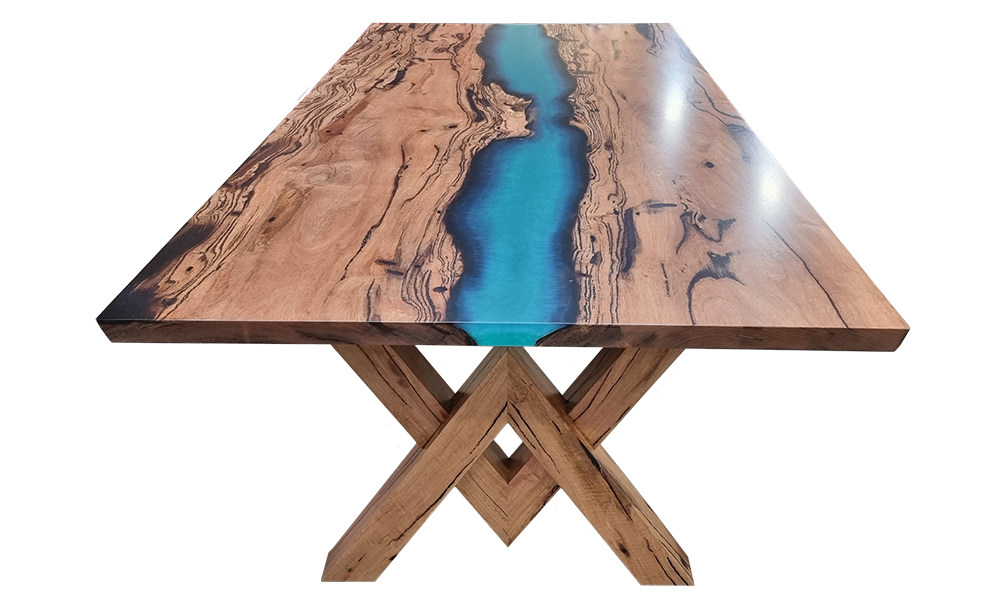How To Clean Timber Furniture, And Keep It Looking Like New!

Knowing how to care for your custom timber furniture is just as important as the design phase and daily use. Good cleaning habits boil down to a few simple tricks that can have a large impact on the integrity and appearance of your furniture. If you’re planning on keeping your furniture in great condition over the long term – here is your ultimate guide to cleaning timber furniture.
ALSO READ – The Best Timber For Quality Home Furniture
Why Cleaning Timber Furniture Is So Important
Without proper care, long term neglect can result in stains, warping, dents, and ugly blemishes. Just leaving timber in the wrong spot over a long period can result in lasting damage from sunlight or water damage. Most importantly, cleaning timber furniture is all about long-term maintenance and matching the right products with the types of furniture. For example, using heavy chemicals on a waxed Marri sideboard, could ruin the furniture altogether.
Read more on how to care for your Marri furniture here.
Get The Right Products
If you’re looking to spruce up your timber surfaces around your home, simple detergents are best. When it comes to cleaning timber furniture, there’s no need to overcomplicate things. Don’t go for anything that has a high chemical content, as this may stain or cause lasting damage to the wood. If you want a quick once-over or daily cleaning product – use skin friendly dishwashing soap and a damp rag or cloth for application. Always have a spare dry cloth for mopping up any spills or puddles. Unless you’re oiling or waxing, keep your daily cleaning routine simple and easy.
Prepare Your Timber
Preparing your timber for a clean involves dusting it down, making sure all dust particles are removed from the surface. Remove all the objects from the surfaces, clean out the draws and if you’re oiling or waxing – you may want to move it away from stainable items such as pillows and carpets. Make your furniture accessible from as many angles as possible.
How To Clean Untreated Timber Furniture
Cleaning untreated timber furniture is all about maintaining the raw, natural finish. Raw timber furniture is simple but can go wrong easily if the wrong products are used. Because it’s untreated, the surfaces are more prone to absorbing liquids or substances, so keeping them away from potentially harmful oils and chemicals is critical.
- Dust and remove all objects. Run a dry cloth over the surface and keep with the natural grain of the wood to avoid scratching or blurring the pattern.
- Using a cloth, wash with soapy water. Avoid over saturating the wood, and make sure the water isn’t too hot either. Wipe all surfaces – removing any stains or excess dust.
- Using a separate, dry cloth, quickly dry the surface starting with the area you began.
How To Clean Finished Furniture
Cleaning timber furniture that has already been finished is usually a bit easier and there are even specific products available depending on the type of finish. Always remember to avoid scented or essential oils – they can break down the finish and result in lasting stains or blemishes. Most finished wooden surfaces can easily be cleaned with a simple water-detergent mix – similar to untreated furniture. The major exception here is wax. Wax is by nature very sticky and won’t react well to normal detergents. Use soap flakes or a commercial wax-finish cleaning product. Always remember to dry the furniture after cleaning – longer exposure to water can create unwanted blemishes and destabilise the finish.
Polishing Furniture
Polishing furniture is a way of making the wooden surfaces shinier. Wood polishing products are widely available at your local hardware store and can come in various hues and thicknesses. Don’t expect to be able to paint the timber after polishing – you’ll have trouble doing so because of how slippery the finish is. Polishing furniture can be an excellent way of deepening, lightening, or accentuating original hues and blemishes. If you polish your furniture – remember to make sure there’s no dust on the surfaces before you begin. Using a dry rag, apply the polish in gentle, circular movements.
Waxing Timber Furniture
Waxing your furniture is a fantastic way of preserving natural textures and bringing out the original colours of the timber. Wax natural timber furniture by applying small amounts to a clean, surface, and rub it in small circular movements. Cleaning timber furniture before waxing is important so no dust gets mixed up in the process. Excess dirt or dust can cause discolouration or unwanted dry patches.
Oiling Timber Furniture
Oil is by far the most beautiful finish. From wine to water spills, it can be trusted to conceal and protect the wood beneath. Not only does it absorb well into most untreated timber surfaces, but it also lasts longer and provides a simple, sleek finish. Not only will cleaning timber furniture and oiling it protect and preserve the timber, but it’s also a great way of ensuring the longevity and sustainability of your much-loved furniture.
- Before you begin, check the wood is uniformly sanded so the surface absorbs the oil equally. Uneven sanding could result in darker patches after oiling. Not a good look.
- Dust all surfaces and wipe with a clean cloth and make sure your area is ready with a drop sheet so you’re not destroying your floor. Oil can be messy if not handled right.
- Start by rubbing in the oil with a cotton cheesecloth pad – these are ideal for application because they’re thin and cover more surface area. Always use thin gloves: the more feeling and versatility you have when rubbing the wood the better.
- Always apply evenly and don’t stop until the wood is quenched of its thirst. You’ll know when the wood is saturated because the oil will stop absorbing into the wood and remain on the surface.
What About Antique Wooden Furniture?
Cleaning timber furniture isn’t just about making your room look nice. Touching up beloved antiques and family heirlooms is also about maintaining and celebrating the craftsmanship. Doing it right is also important so as not to damage any important features or spoil the original wooden surfaces.
Always remember to dust the surfaces. Using a soft, dry paintbrush to access any intricate parts of the furniture such as draw handles will ensure every bit is carefully cleaned before applying soapy water or product.
Avoid heavy, potent chemicals or anything that could wear away the surface or cause damage over the long term. A simple and quick damp cloth with a light detergent and water solution will do just fine. Remember to never leave the furniture in direct sunlight for any long period. This can cause warping and drying or cracking.
If You’re Still Unsure – Ask Your Supplier
With plenty of literature on the best way to go about cleaning timber furniture, sometimes it’s best to contact your local timber gurus for more specific and tailored advice. They’ll be able to tell you some specific details about the wood and what products work best depending on the australian made timber furniture type and other environmental factors. At Jarrimber the experts are here to help. Get in contact today.
Share This




